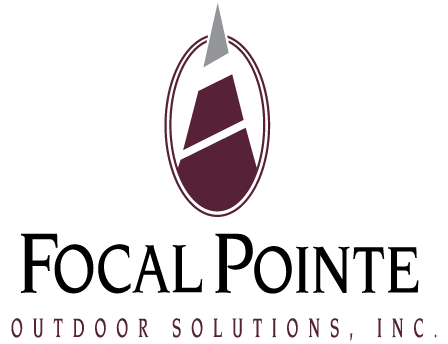How to Hold Successful Digital Meetings During the Covid-19 Crisis
As office professionals begin to settle into their unexpected work from home routines due to the Covid-19 crisis, one typical workplace element persists and that is the necessity of meetings.
Even in the best of times, meetings are frequently a sore point for many employees, whether it’s the sheer volume or the perception of ineffectiveness. Poorly run meetings are a challenge for companies too: research shows they’re a substantial cost to employers as measured by “lower levels of market share, innovation, and employment stability.”
Now employees are grappling with added complexity as they attempt to carry on, with most navigating an unfamiliar work setup against the backdrop of an uncertain and stressful external environment. However, there are simple, common-sense ways for virtual workforces to ramp up quickly in their new dynamic and run effective meetings, says Nick Meehan, user experience expert at Xerox PARC.
Be clear on who’s in charge and act accordingly
Clarify who’s running the meeting ahead of time. It’s important for accountability.
The person who sends out the meeting invite isn’t the de facto host, notes Meehan. “They might think they are but it’s not always the case.” Participants need to know who’s running the show.
“The host of the meeting is the conductor,” says Meehan. “They’re responsible for making sure the meeting has a clear objective, that the participants stay on track, and everyone feels able to contribute.”
The host can set the tone early by sharing an advance agenda to establish the meeting’s intended outcomes and help participants prepare. “Most people don’t do this,” he observes. “But even a quick outline virtually guarantees a more successful meeting.” As an added bonus, the early look at the agenda underscores who’s in charge.
Make notetaking and action items a collective responsibility
Virtual meetings are tailor-made for team notetaking. Tools like Microsoft OneNote, Google Docs or Sheets, are perfect for collaboration of this type. “Use the agenda you sent out and have it on the screen as you go,” says Meehan. “Participants can edit in real time. Working together in that way creates more alignment upfront.”
Similarly, Trello and Asana are excellent tools for capturing and assigning action items as they come up. “When you make this part of how you run your meetings, you eliminate a major after-action pain point where action items might be assigned in a way that feels unilateral or top down,” Meehan notes. “Deciding during the actual discussion feels more democratic.”
Meehan also points out that not everyone has the same learning style or preferences and some may find notetaking hinders their ability to fully focus and participate in the discussion. Most video tools have recording capability and for those participants who are more auditory learners, this can be a better option. Just make sure to ask people upfront if they have an objection to recording the meeting.
Short and sweet is always better
Attention span can be a challenge in a typical workday. But according to Meehan, participants’ ability to focus and contribute consistently is even shorter in virtual meetings.
“Keep it to a tight 30 minutes, 45 at the outside,” he says. “In fact, you can make it easy on yourself by changing your Outlook settings so meetings are scheduled in 30 minute increments instead of the default hour.” That simple tweak can help meeting organizers take a moment to consider if a full hour is really required.
Meehan also advocates ending meetings early if and when possible. “Everyone will thank you,” he says.
Don’t get hung up about being on camera
Onscreen meetings are convenient, but they also offer a glimpse of colleagues’ personal lives. It’s often a non-issue but for those employees who are more private or whose bedrooms double as home offices, such visibility may feel unwelcome or intrusive.
“It’s okay if some people don’t want to turn on their cameras,” says Meehan. “In an ideal world, everyone would be on the screen but if not, make sure to have something else on the screen that’s real-time, like the notes you’re taking.” This gives participants a reason to focus their attention where it belongs, instead of furtively checking their email.
What are your best practices for running effective virtual meetings?
Document Solutions of Springfield is proud to be the Xerox MFP and copier technology dealer serving southwest Missouri for 26 years. With over 100 years of Xerox technology experience with sales and service support, our goal is to provide the community with the latest products, solutions, technology trends & other means of information and help your company make educated business decisions.
Our job involves helping clients answer questions and find ways to achieve success by improving efficiency, productivity, and controlling costs.
Come visit our showroom at Plaza Towers at the corner of Sunshine and Glenstone, visit our website at www.DocumentSolutionsInc.net or call us at (417) 883-2416. We’re here to help!


